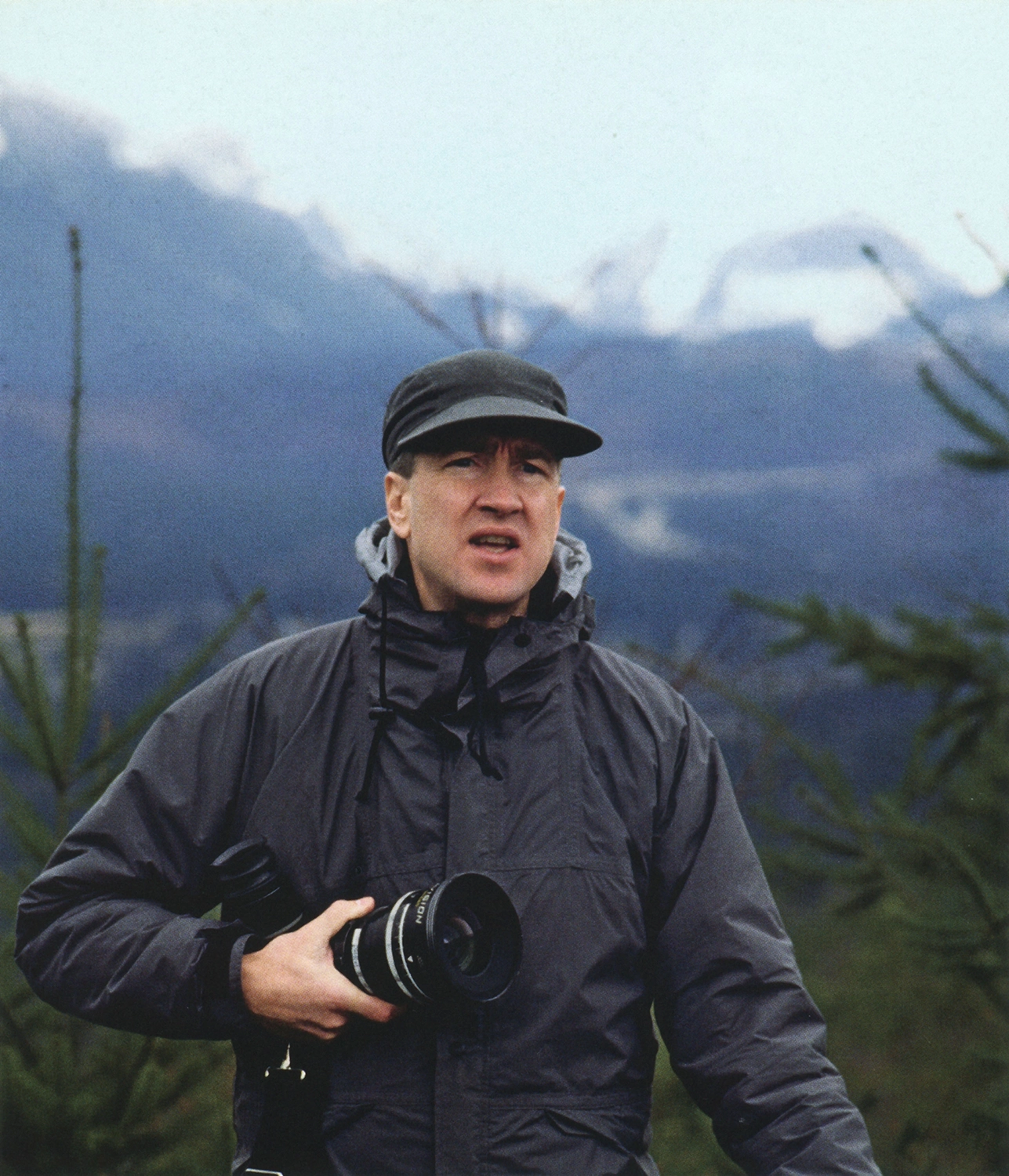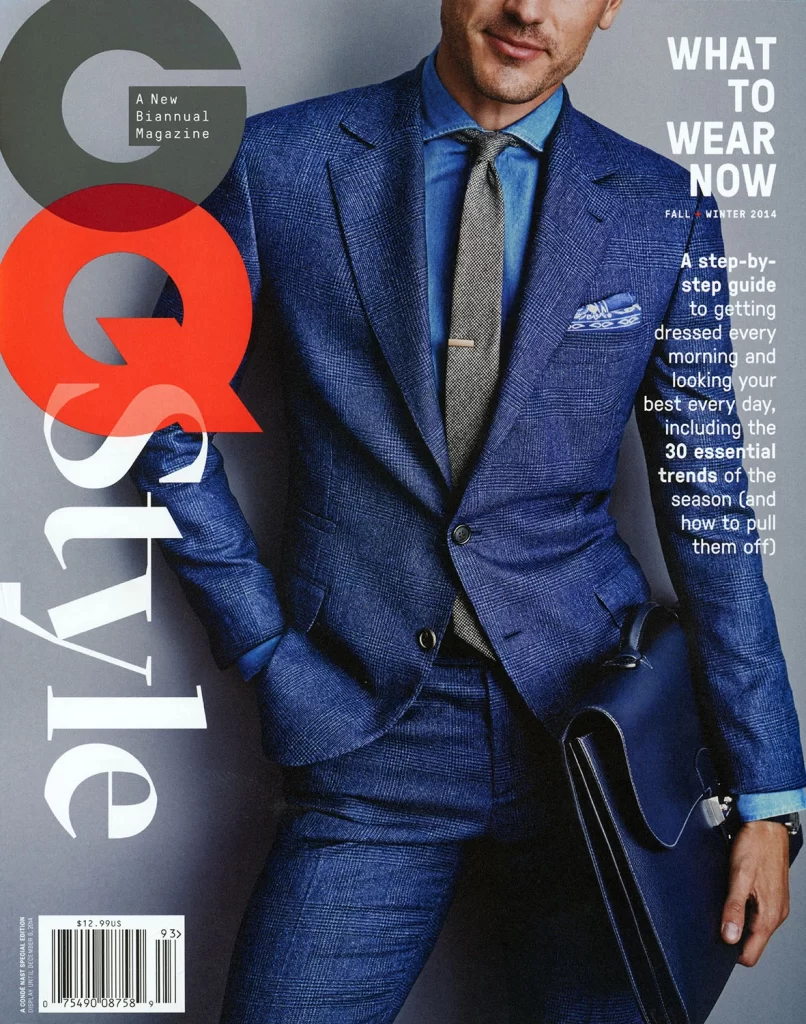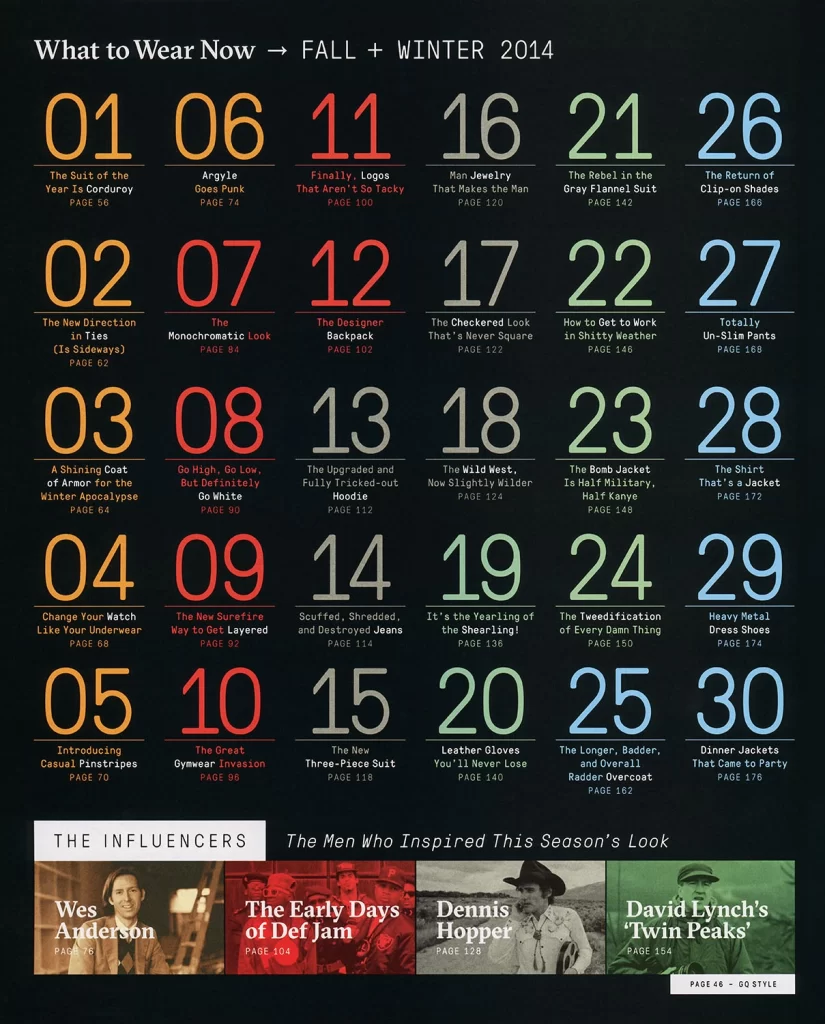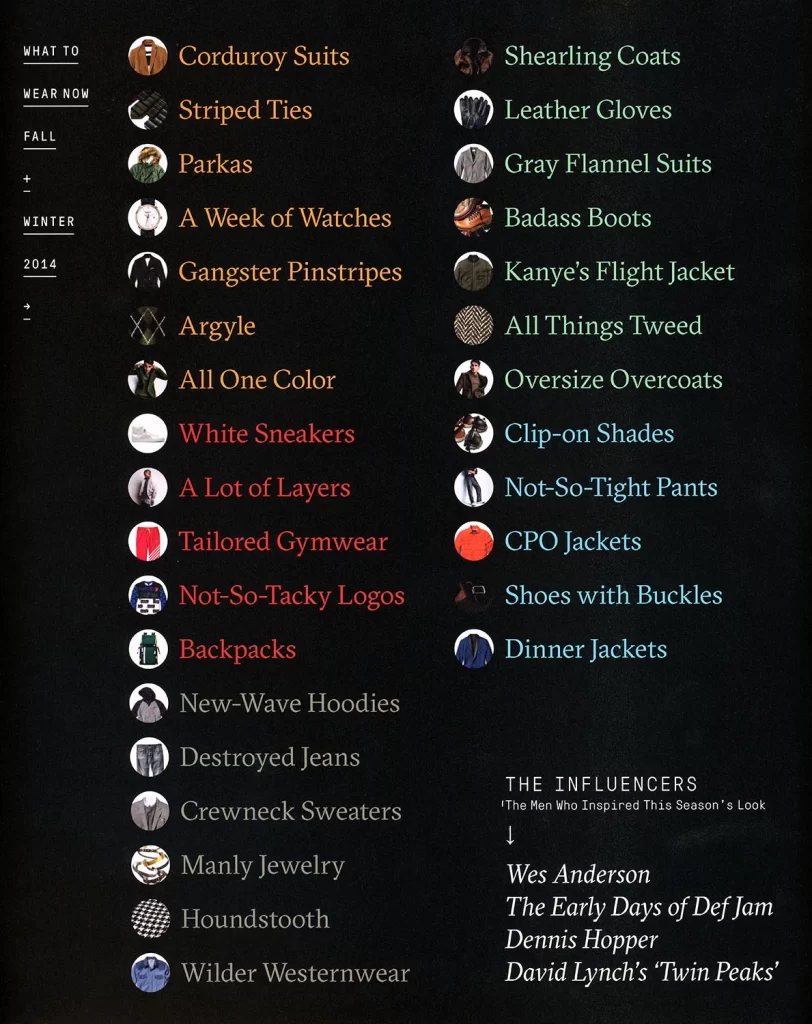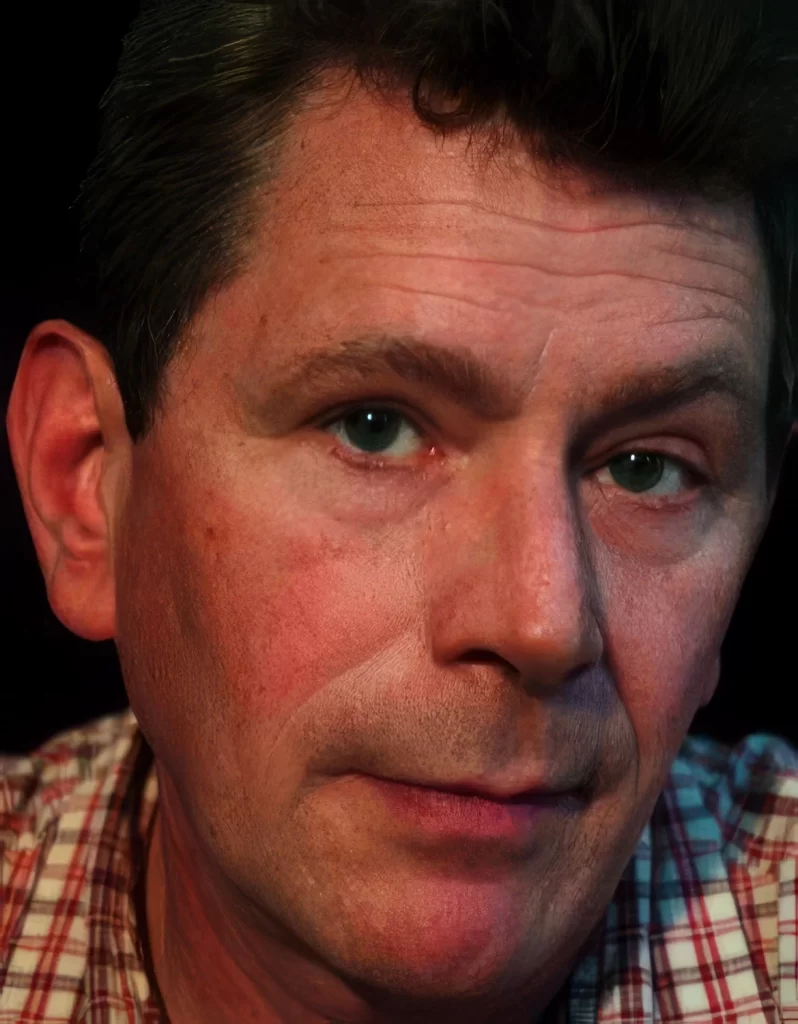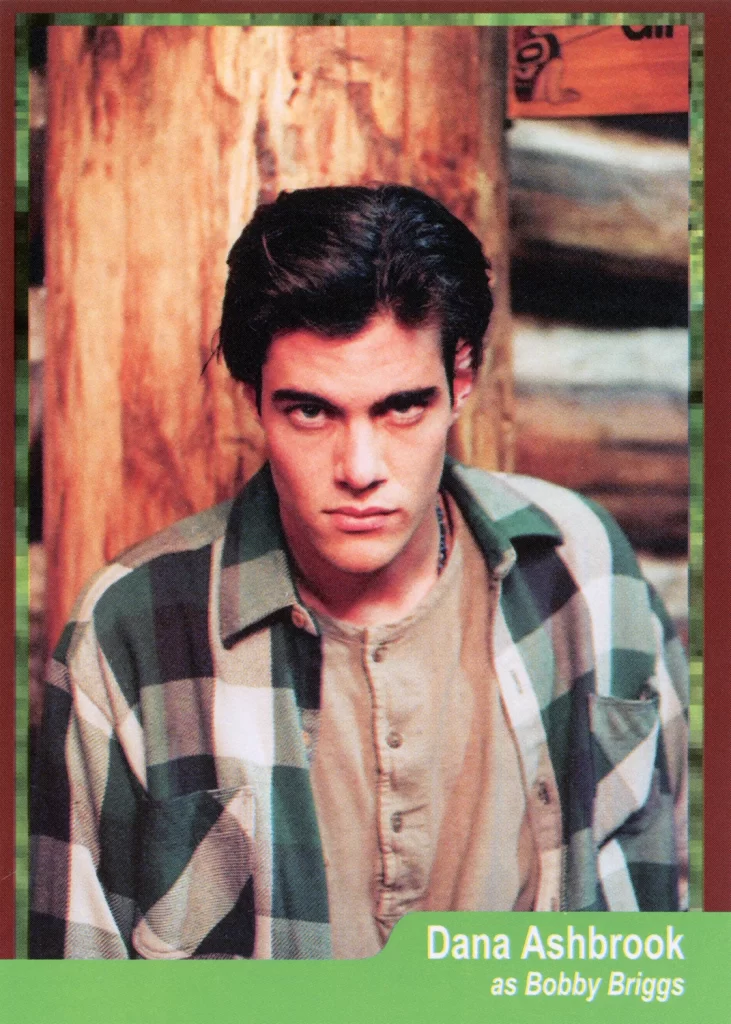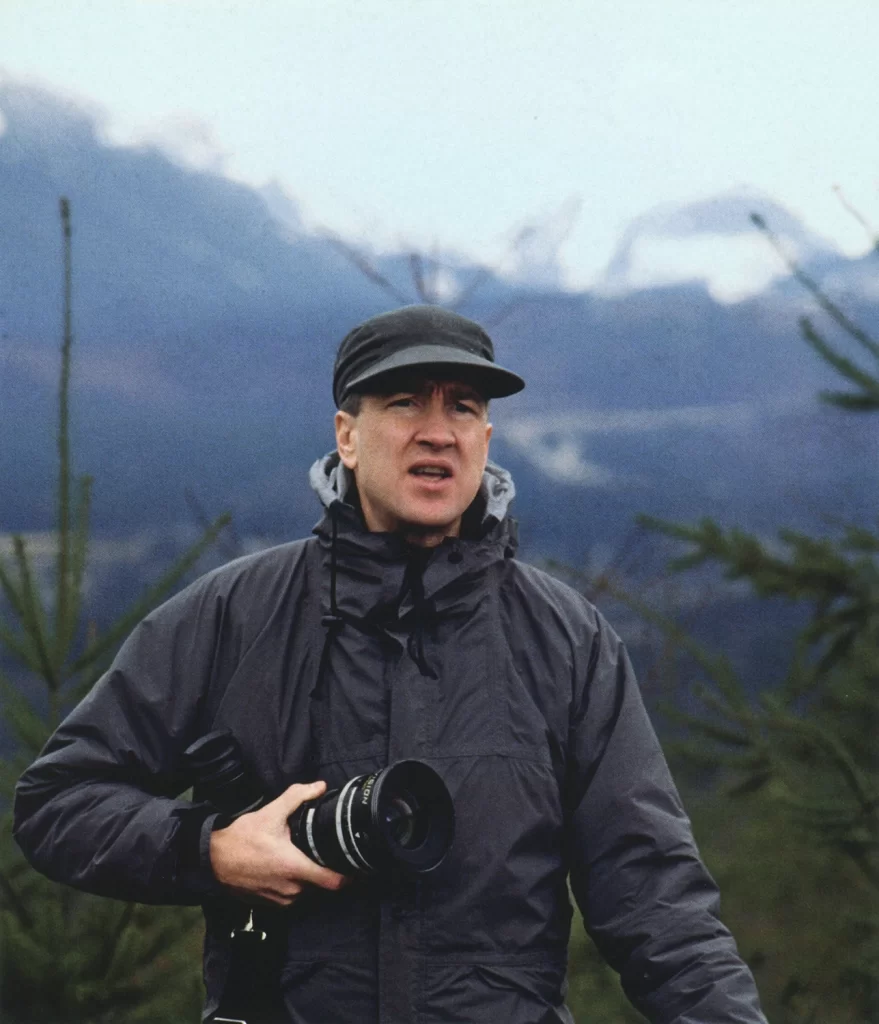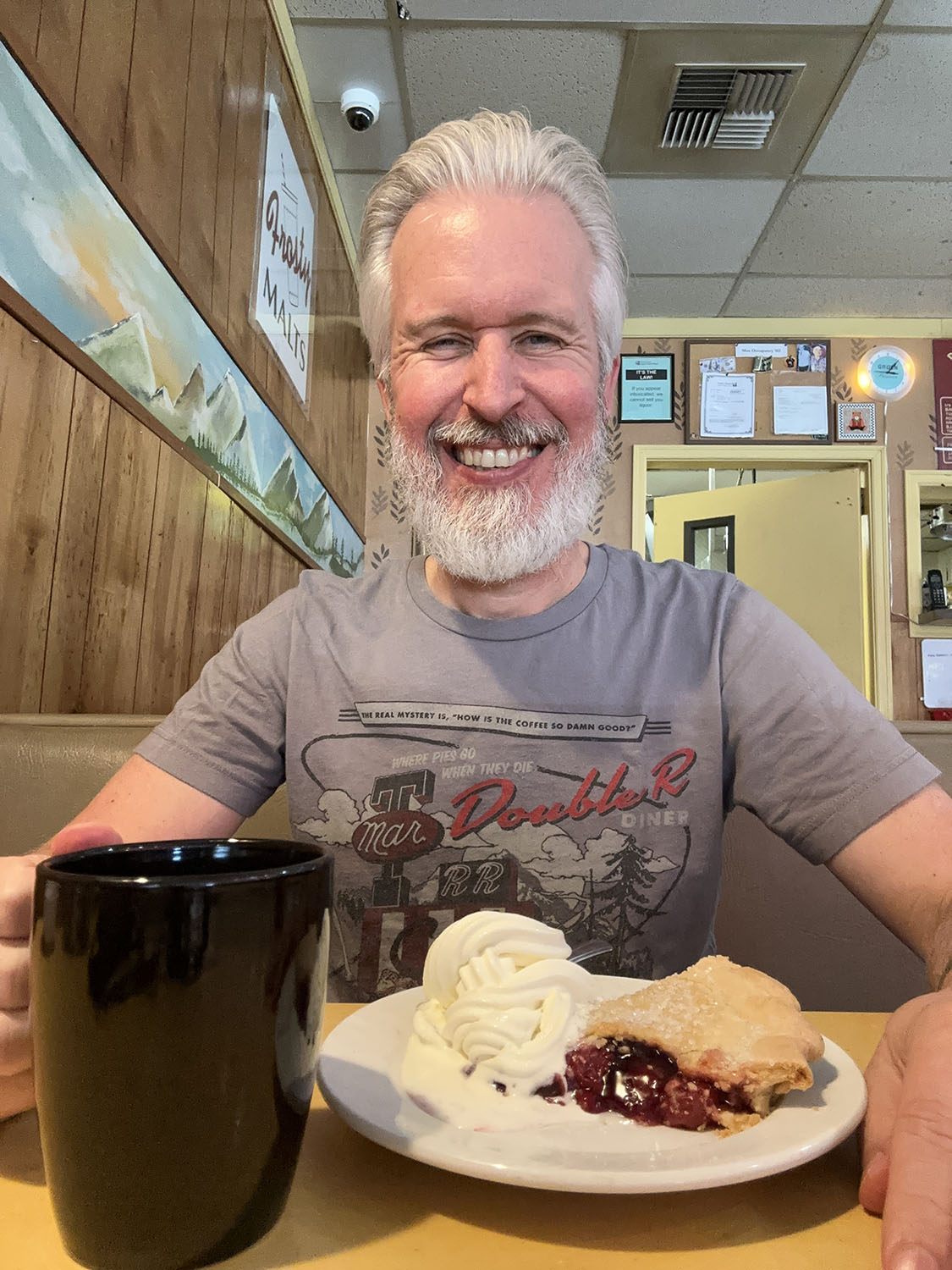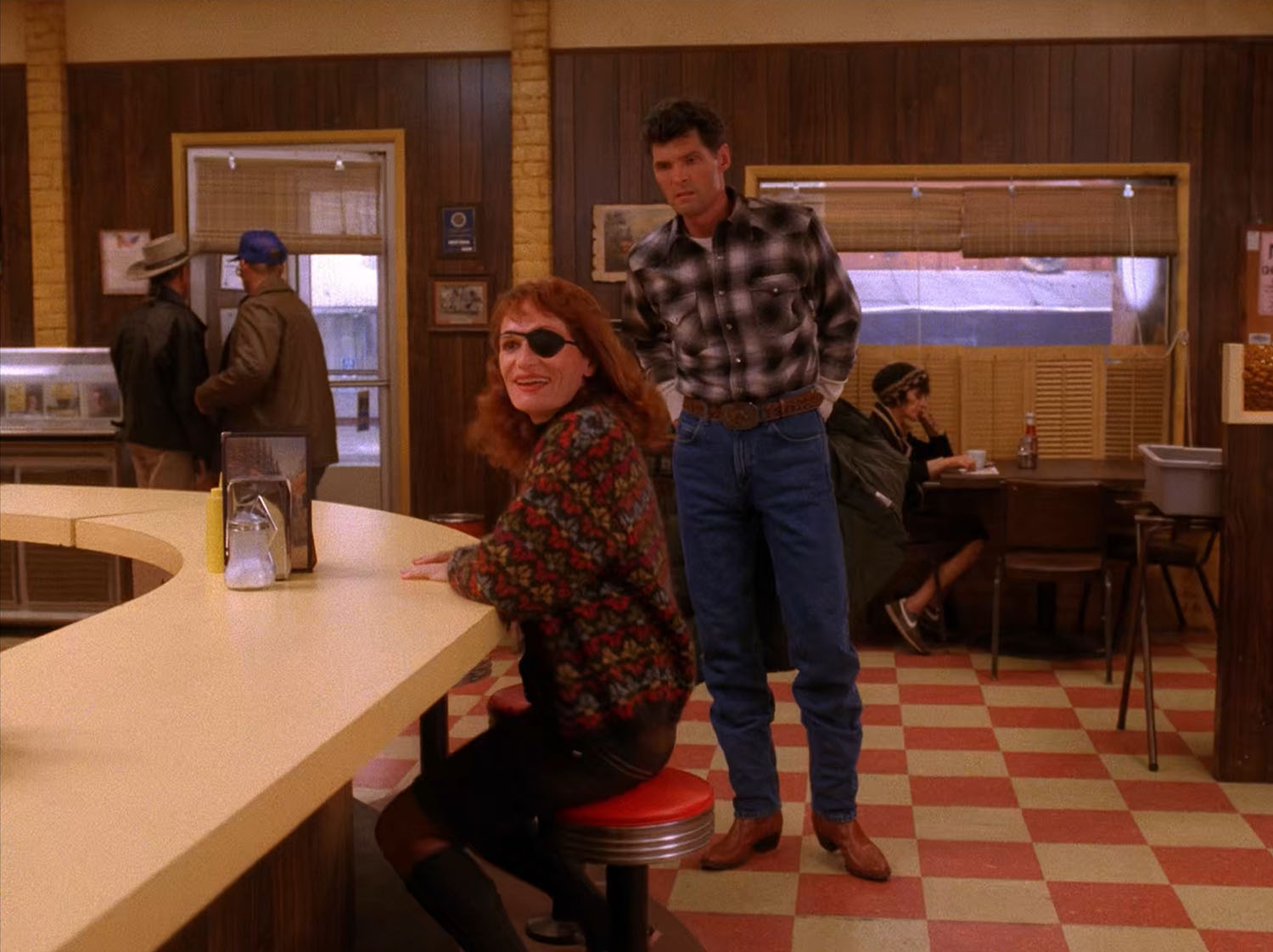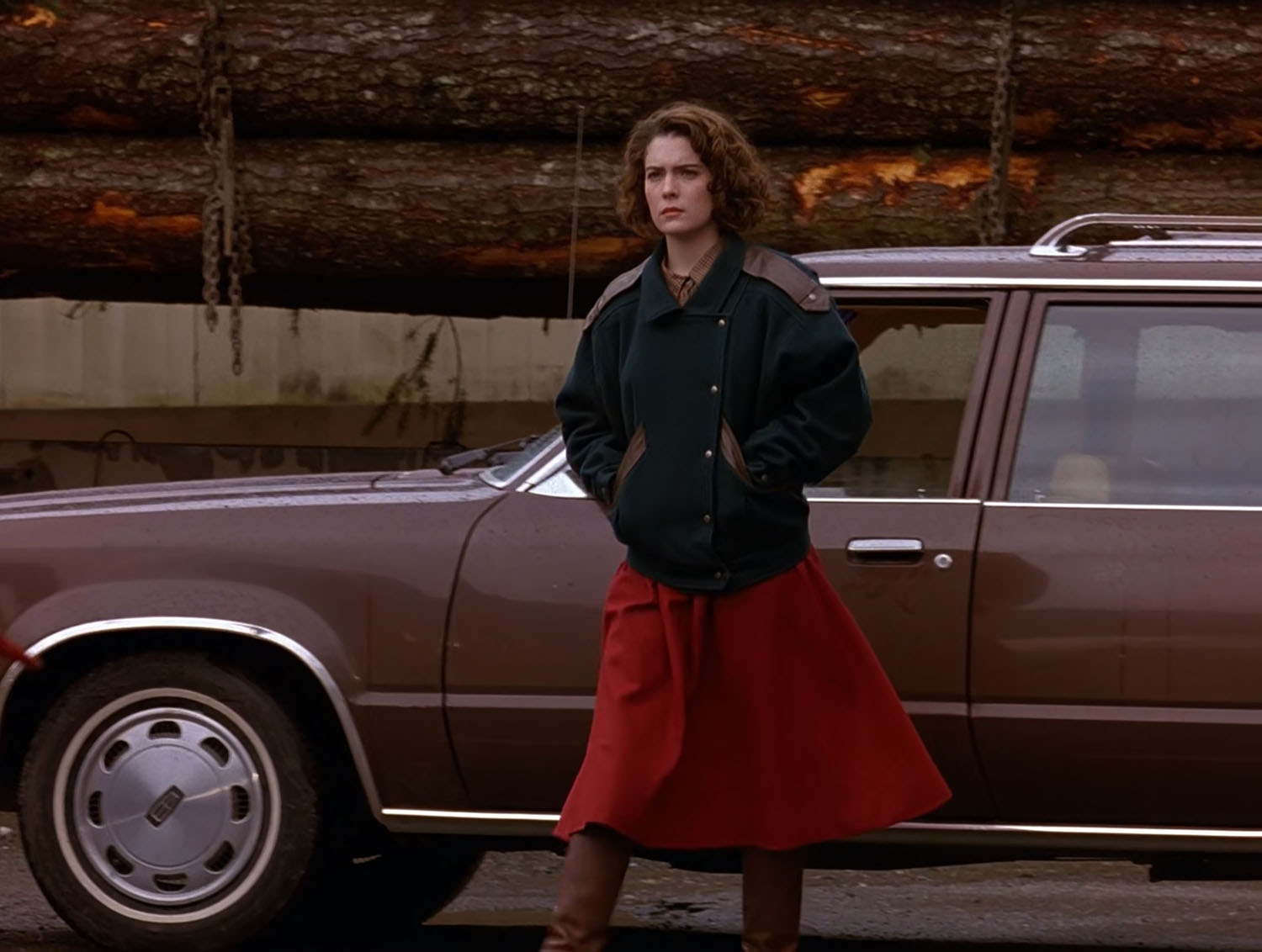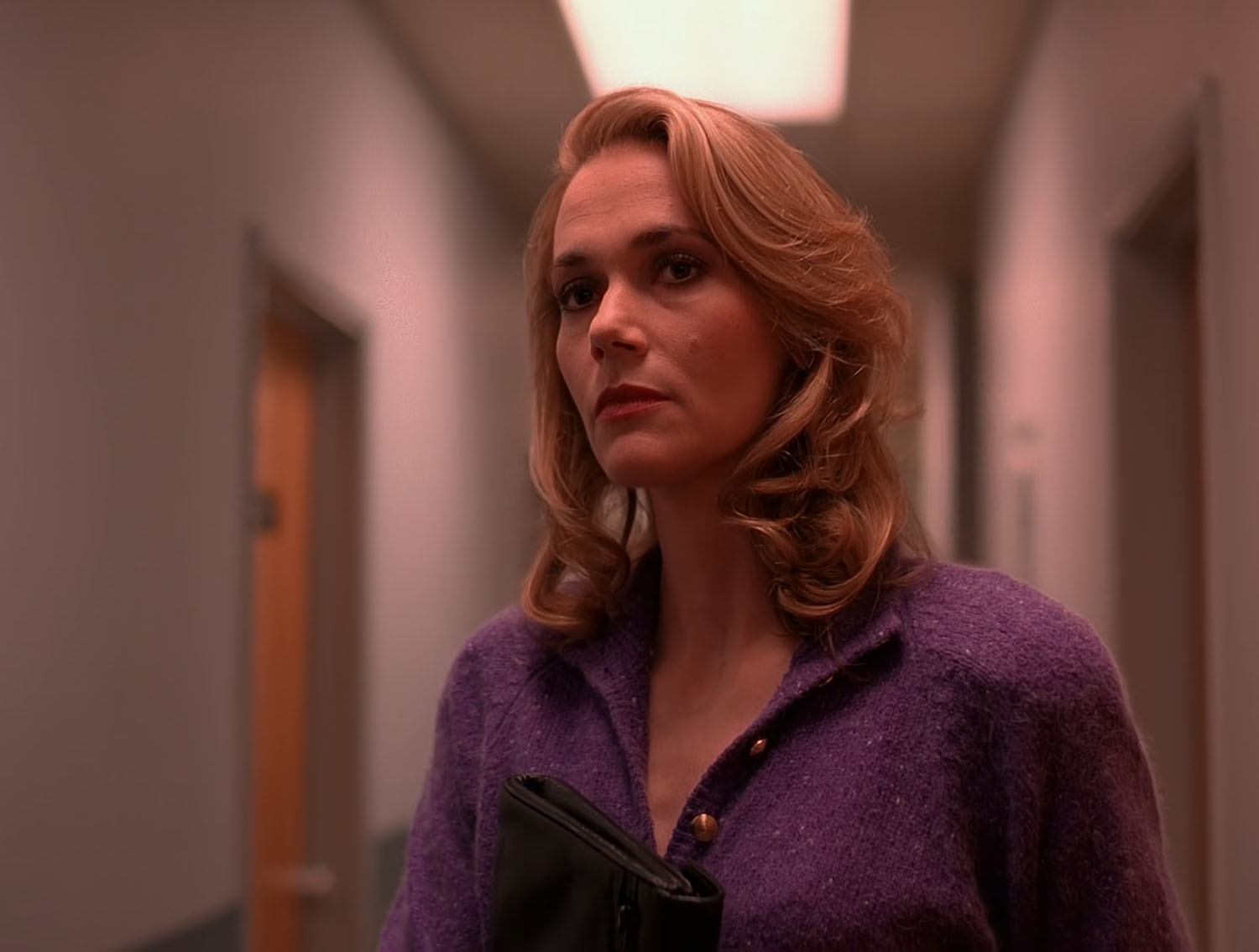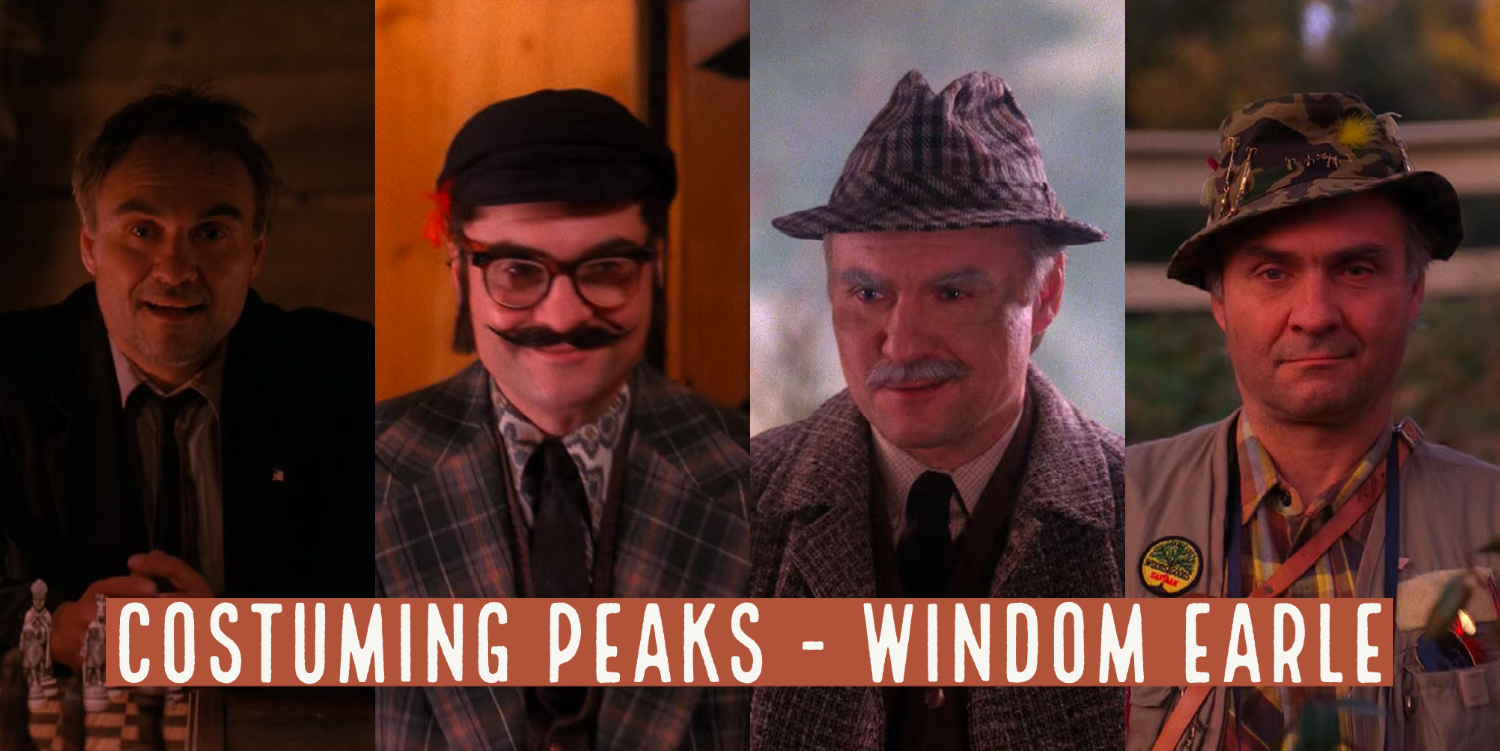As I continue documenting and preserving Twin Peaks history, I’m sharing a GQ Style article about David Lynch’s Twin Peaks from their Fall | Winter 2014 issue. Author Tom Carson explores how David Lynch and Mark Frost’s early 1990s show influenced fashion in 2014.
GQ STYLE FOR FALL-WINTER 2014
In summer 2014, fans of David Lynch and Mark Frost’s wonderful and strange show were delighted by the incredible Blu-ray set featuring the first two seasons of the show, Lynch’s 1992 masterpiece Twin Peaks: Fire Walk With Me, and the much-anticipated Missing Pieces containing deleted and extended scenes from that film. By the fall, the unthinkable happened – Frost and Lynch announced a third season of their show on October 6. The wave of excitement from the Blu-ray release to the new season announcement was unstoppable.

In the midst of the excitement, the Fall | Winter 2014 issue of GQ Style hit newsstands on September 9, 2014. Brother Jerry Horne posted on Dugpa.com’s forums about the issue which contained “several rare and unpublished Twin Peaks stills” by on-set photographer and Unit Publicist Paula K. Shimatsu-U. He helped choose several of the images featured in the article.
I picked up this out-of-print magazine via an eBay auction for about $34. I probably paid too much but I really wanted high-resolution scans of the images (in my continued effort to document everything about my favorite show). You can find an online gallery from this issue on GQ.com today. It was published in October 2014.
The issue was the second time GQ published their biannual style magazine, which editor Jim Nelson said, they publish seasonally [to] adjust your style radar.” This was not their “style Bible” which was typically published in April. Nelson explained the difference between their biannual magazine and the aforementioned Style Bible.
“Whereas the Style Bible takes the temperature of the red-hot men’s-fashion universe and scales the peaks of high design, naming names and pointing fingers (who’s making amazing clothes? where can I get them?), this narrows that crowded, happening, delightfully mad universe down to the thirty essential trends and style moves you ought to know about right now,” writes Nelson.
Their “What To Wear Now” page served as a table of contents for the magazine. This issue not only highlights David Lynch’s ‘Twin Peaks’ (it was also Mark Frost’s show, just saying), but they also featured style influencers including Wes Anderson, Dennis Hopper and Def Jam label artists.
The Twin Peaks coverage would begin on page 154.
The magazine also offered highlights of “What to Wear” in 2014, which included apparel and accessories that would be discussed throughout the issue.
DAVID LYNCH’S TWIN PEAKS – PAGES 154-155
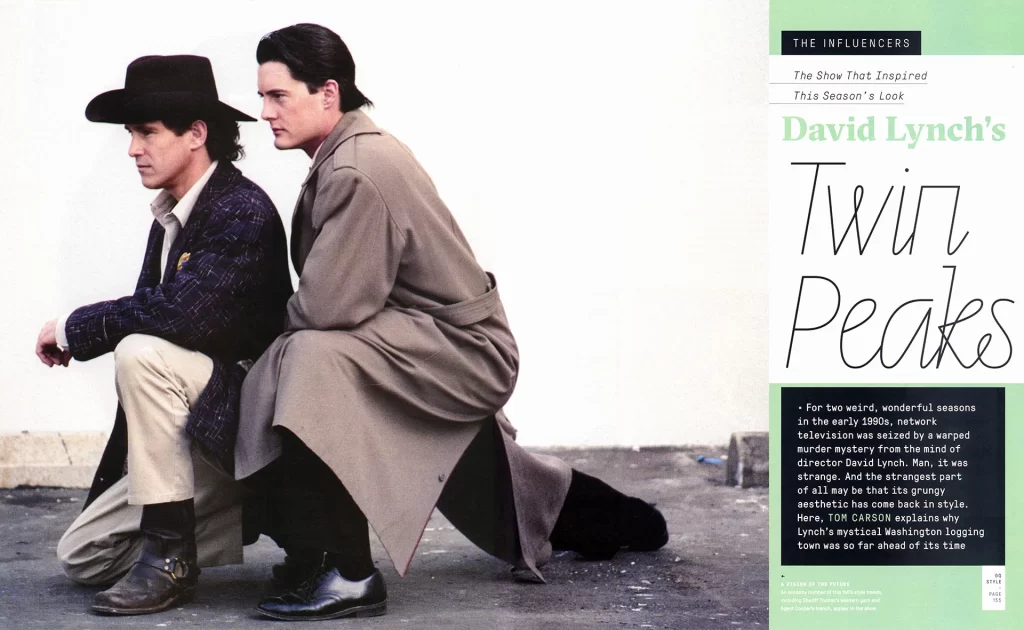
Tom Carson’s article starts on pages 154-155 and is described as “the show that inspired this season’s look.”
Freelance journalist Tom Carson won two National Magazine Awards during his time as Esquire’s “Screen” columnist and was nominated twice more as GQ’s movie reviewer. Formerly a staff writer at LA Weekly, The Village Voice and Rolling Stone, he is the author of Gilligan’s Wake (a New York Times Notable Book of the Year for 2003) and Daisy Buchanan’s Daughter.
Born in Germany in 1956, Carson grew up living abroad. He graduated from Princeton University in 1977, where he won the Samuel Shellabarger award for creative writing.
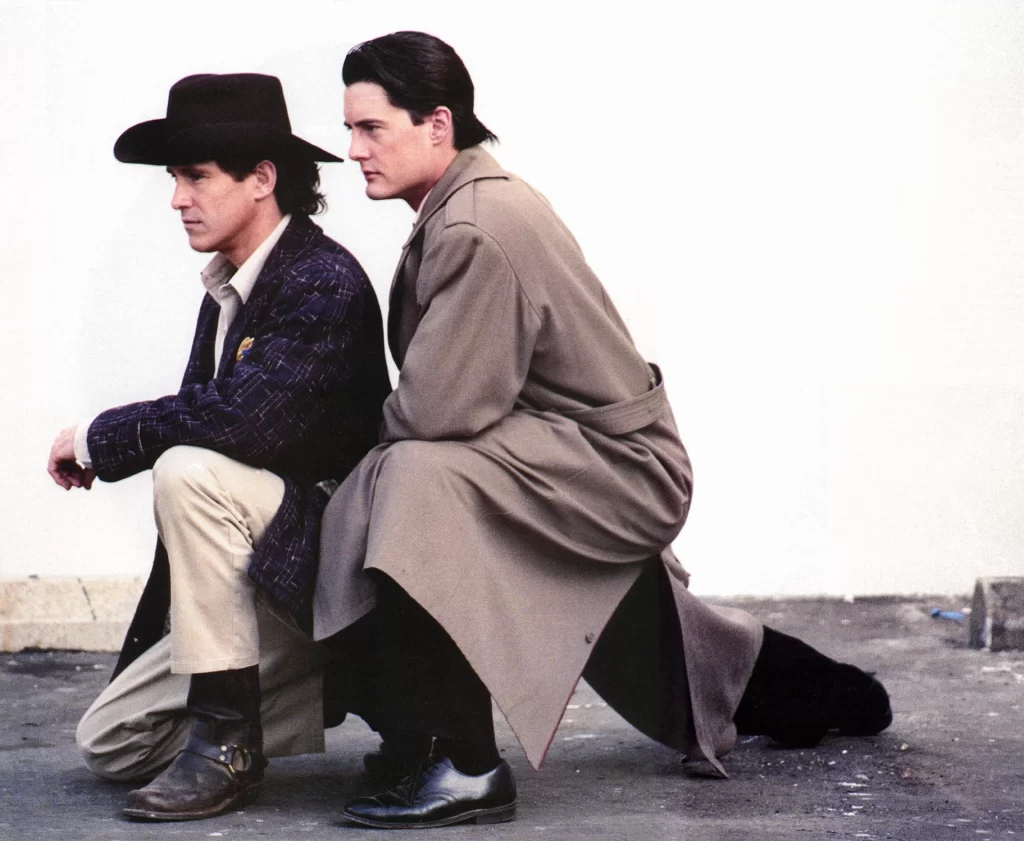
The image of Sheriff Harry S. Truman (Michael Ontkean) and Special Agent Dale Cooper (Kyle MacLachlan) was captured in a parking lot by photographer Paula K. Shimatsu-U. It could be outside City Studios in Van Nuys, California where sets for the show’s first two seasons were constructed.
DAVID LYNCH’S TWIN PEAKS – PAGES 156-157
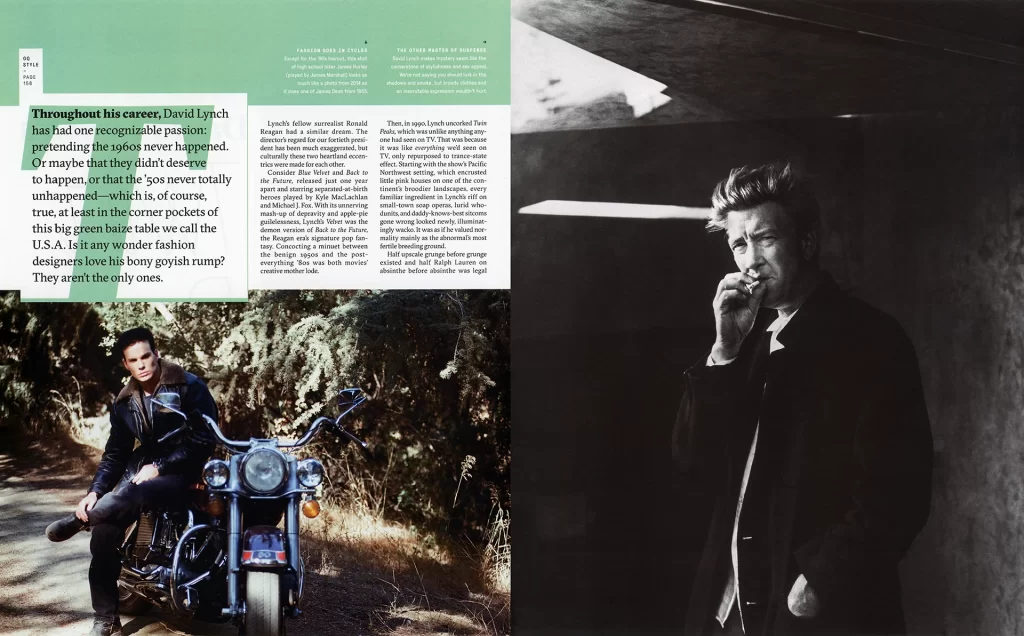
Carson continues exploring the style of Twin Peaks on ages 156-157. He states that the show was “unlike anything anyone had seen on TV.” He concludes that “was because it was like everything we’d seen on TV, only repurposed to trance-state effect.”
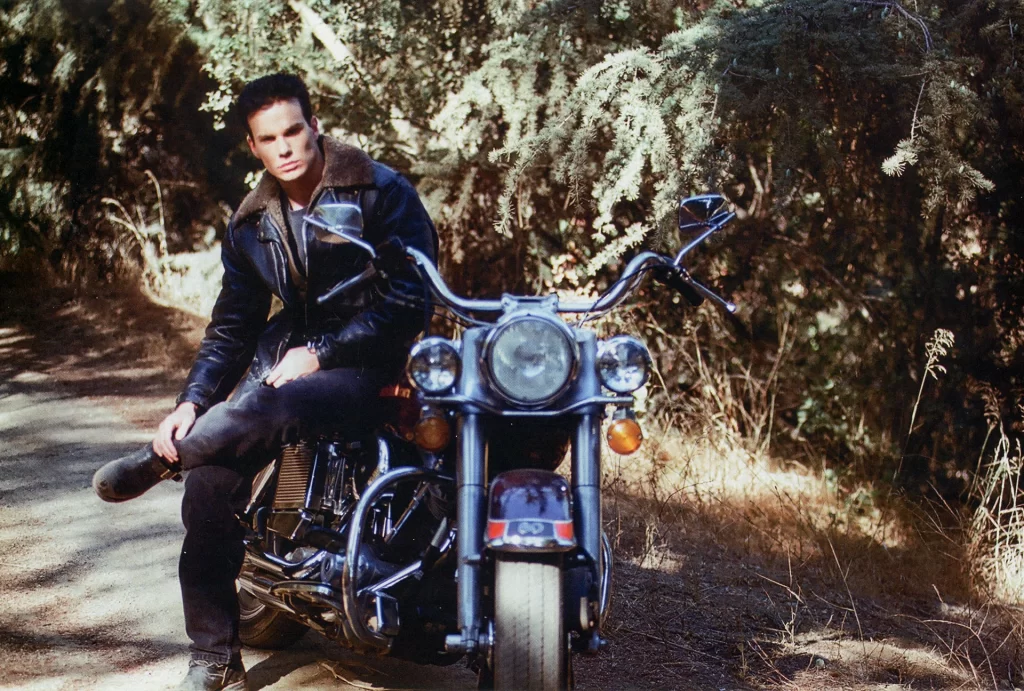
The image of James Hurley was taken by Shimatsu-U at Franklin Canyon Park in California, where many scenes from the second season were filmed.
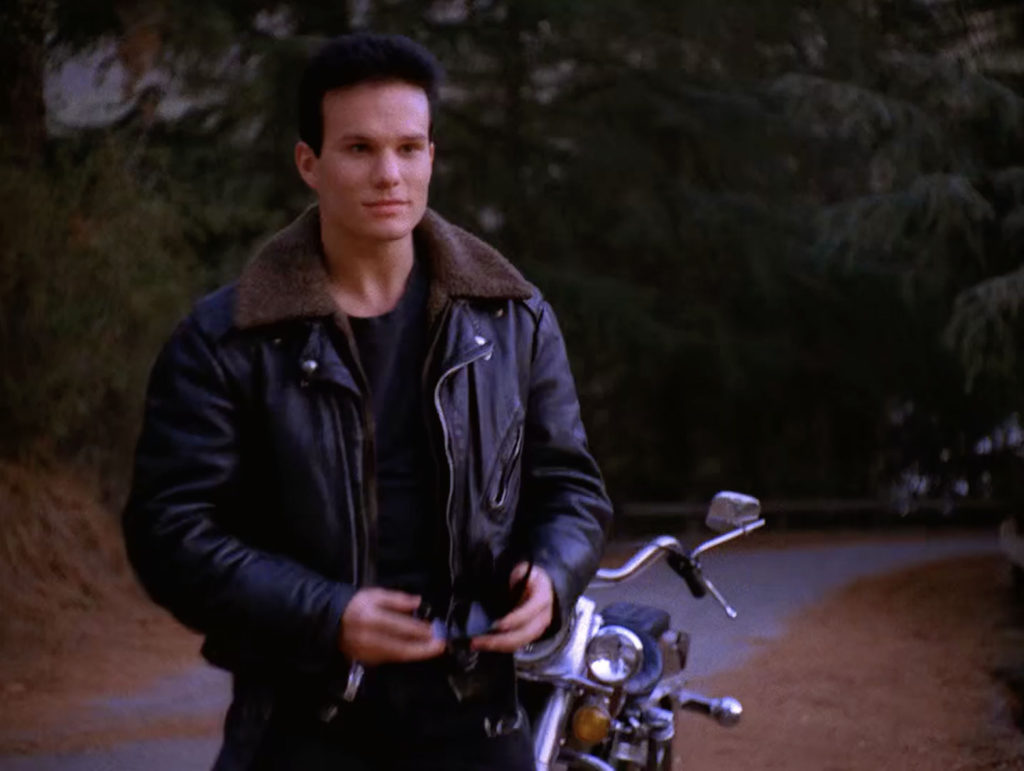
Most likely it was shot when they were filming James and Donna Hayward for episode 2.009 (the scene where he leaves her in the woods).
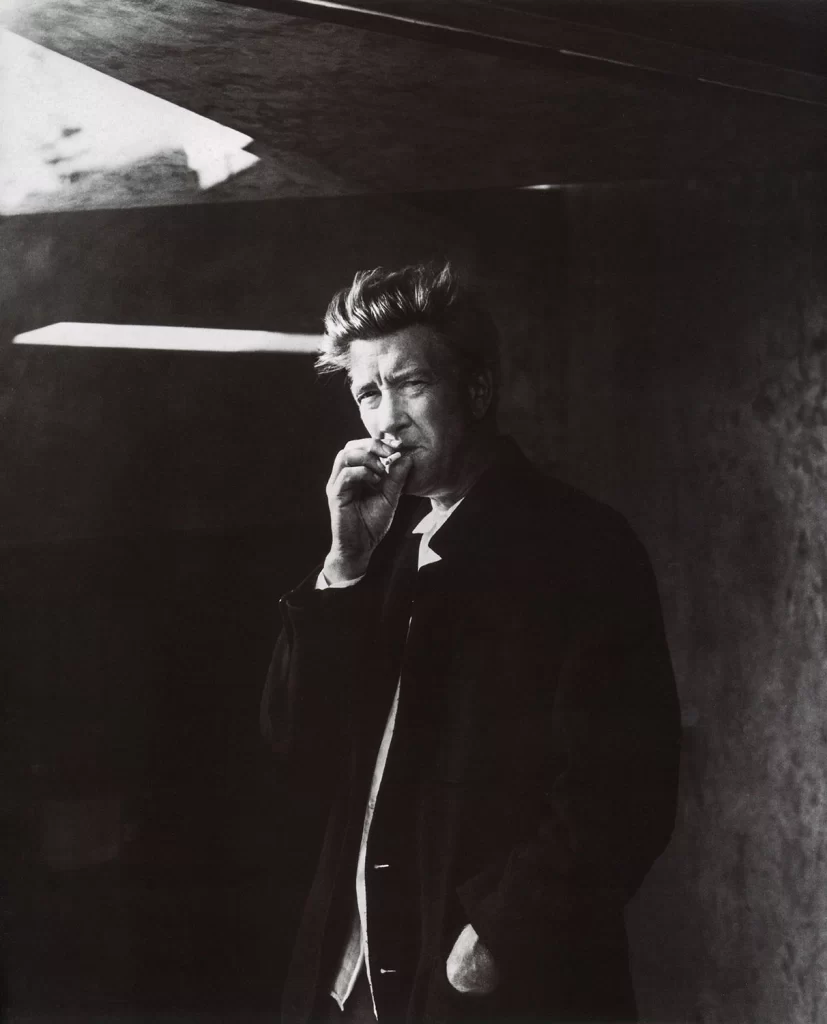
The black and white photograph of David Lynch was taken by Martin Schoeller. This German-born photographer is, according to his website,”one of the world’s preeminent contemporary portrait photographers.” He is most known for his extreme close-up portraits which can be seen on his website.
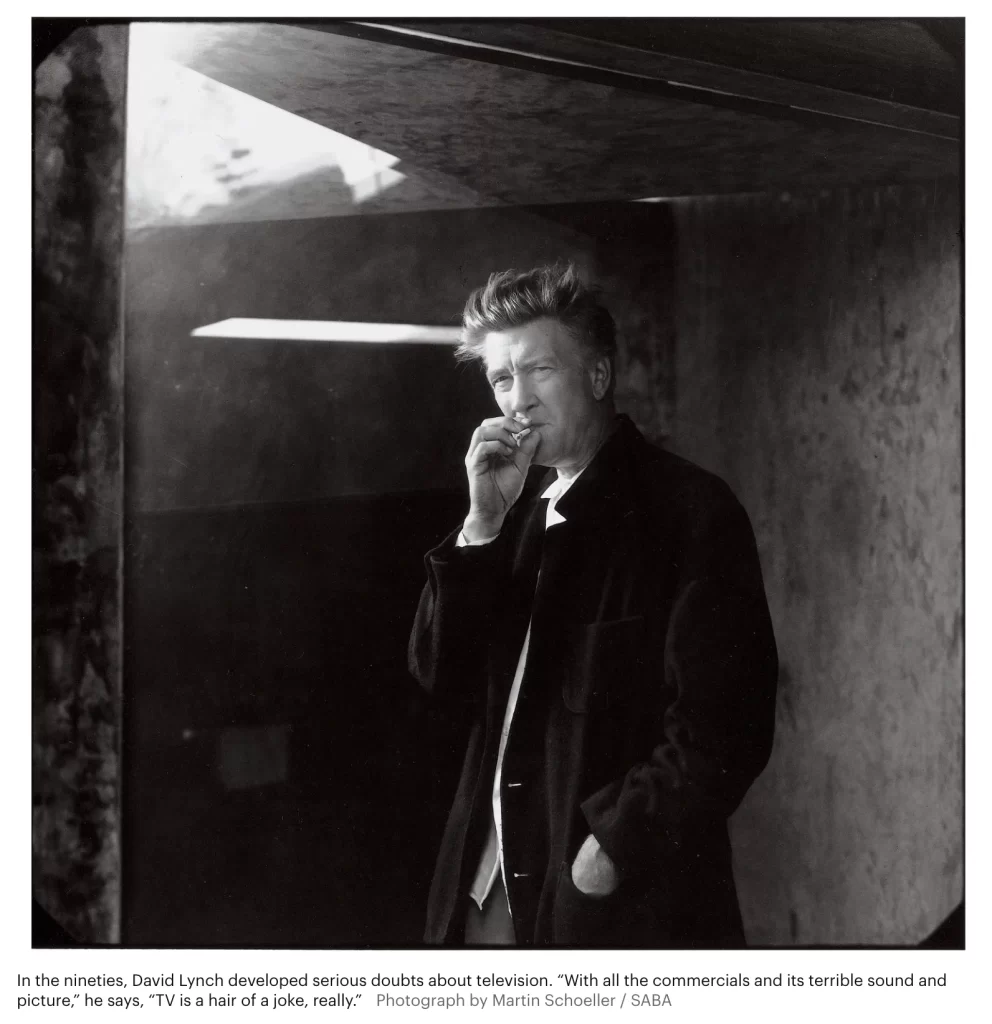
This photo also appeared in a September 6, 1999 article for the New Yorker by Tad Friend titled, “Creative Differences.” You can download a high-resolution version of it HERE. This is the earlier reference I could find which means Schoeller must have taken the image in 1999.
DAVID LYNCH’S TWIN PEAKS – PAGES 158-159
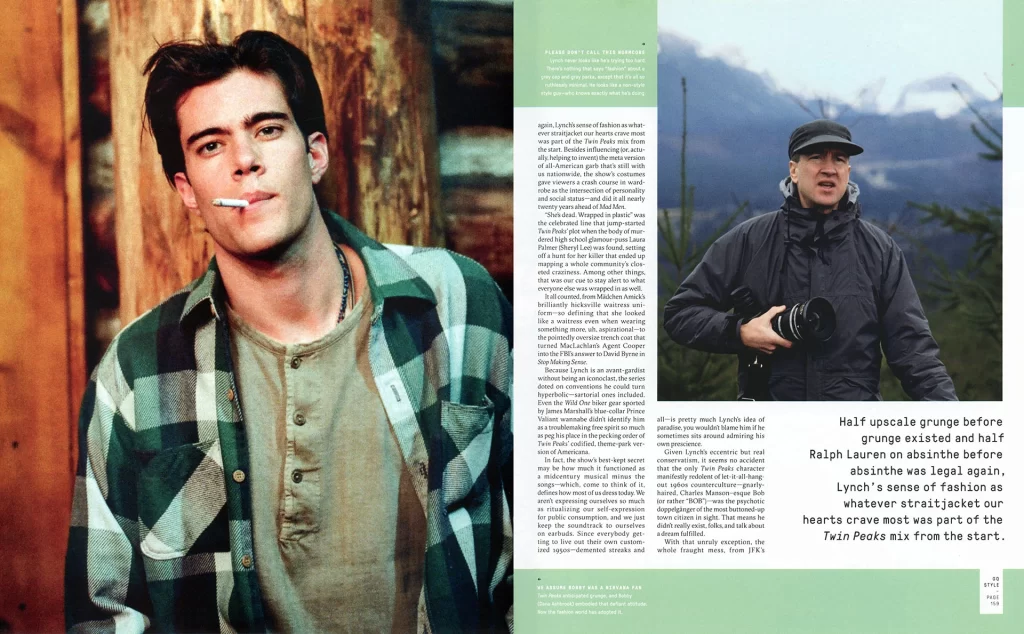
Carson’s analysis continues on pages 158-159 with another two rarely seen images. He calls the look of the show, “half upscale grunge before grunge existed and half Ralph Lauren on absinthe before absinthe was legal again.” It’s wild to think that the show aired before the Seattle rock scene took over the world. Pearl Jam’s “Ten” wasn’t released until August 27, 1991 with Nirvana’s “Nevermind” debuting on September 24, 1991.
“The Green Fairy” known as Absinthe was made legal again in the United States in 2007.
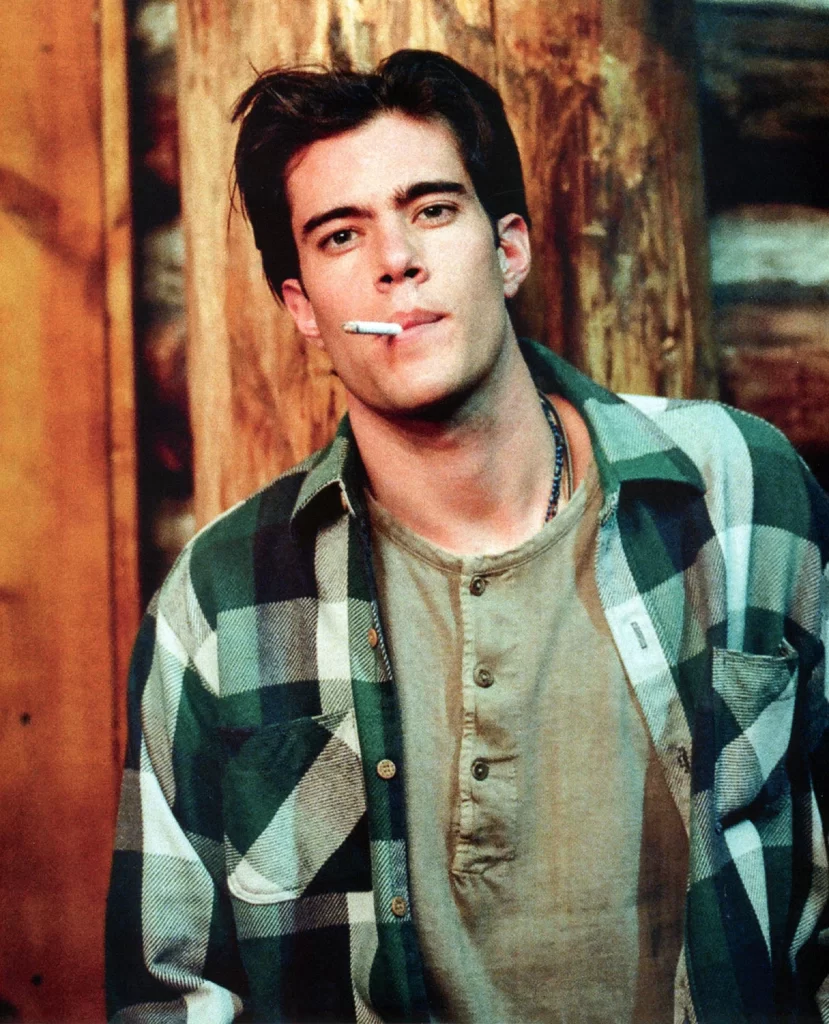
Paula K. Shimatsu-U took the photo of Bobby Briggs (Dana Ashbrook) on the set of the Great Northern Hotel at City Studios in California.
An alternate shot was used on a trading card set created for the Hollywood Show in October 2010.
The photo of David Lynch was most likely taken by on-set photographer Kimberly Wright during location shooting in Snoqualmie Valley, Washington for the pilot episode.

Lynch is at Snoqualmie Point Park in Snoqualmie, Washington, which is the location where James Hurley is seen brooding with Laura Palmer’s necklace and where Laura Palmer and Donna Hayward held their picnic.
DAVID LYNCH’S TWIN PEAKS – PAGES 160-161

The article concludes on page 161 with Carson discussing actors in the show and what made the show so compelling. In this case, Carson believed the style was the driver for this compulsion. It was a short lived fascination as he concludes that the idea that “art doesn’t need to have a point is kind of nerve-wracking,” especially for Americans. Yet, Twin Peaks changed television and the culture at large. It hasn’t stopped since.
“Once Twin Peaks came along, at least for one hour of prime time, Kansas was Oz and Oz was Kansas,” writes Carson. “We’ve never been able to tell them apart with any confidence since.”
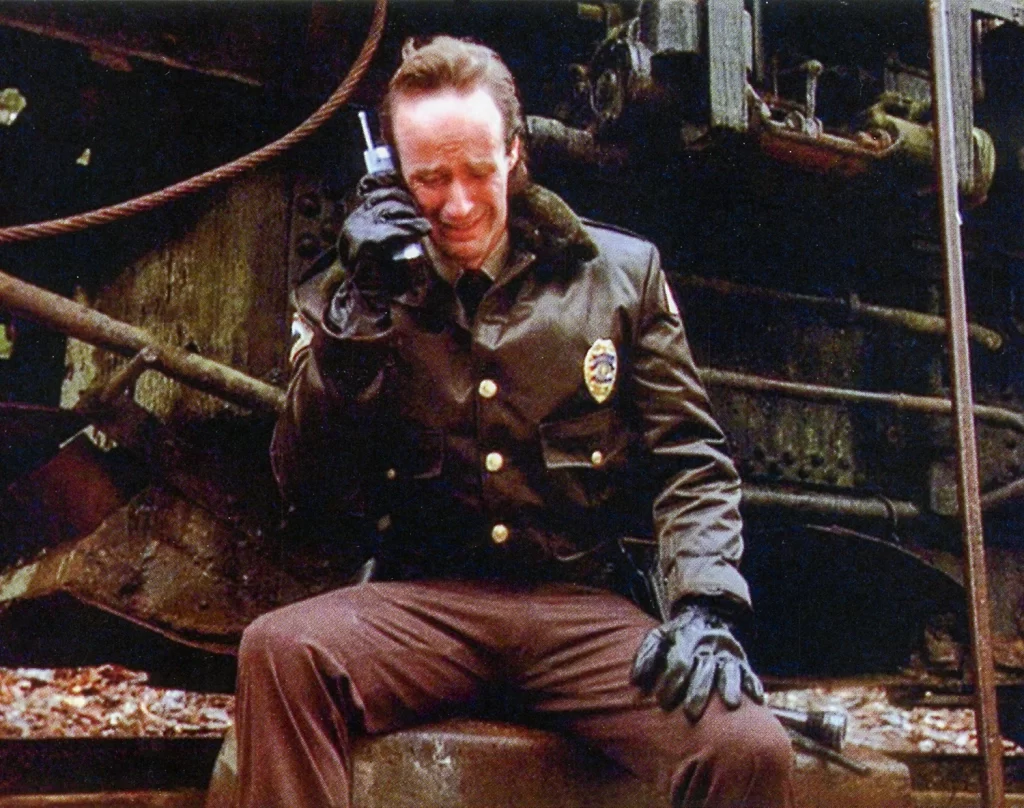
The image of Deputy Andy Brennan crying on the phone is from the pilot episode. He’s speaking with Lucy Moran about the grisly discovery in the train car.
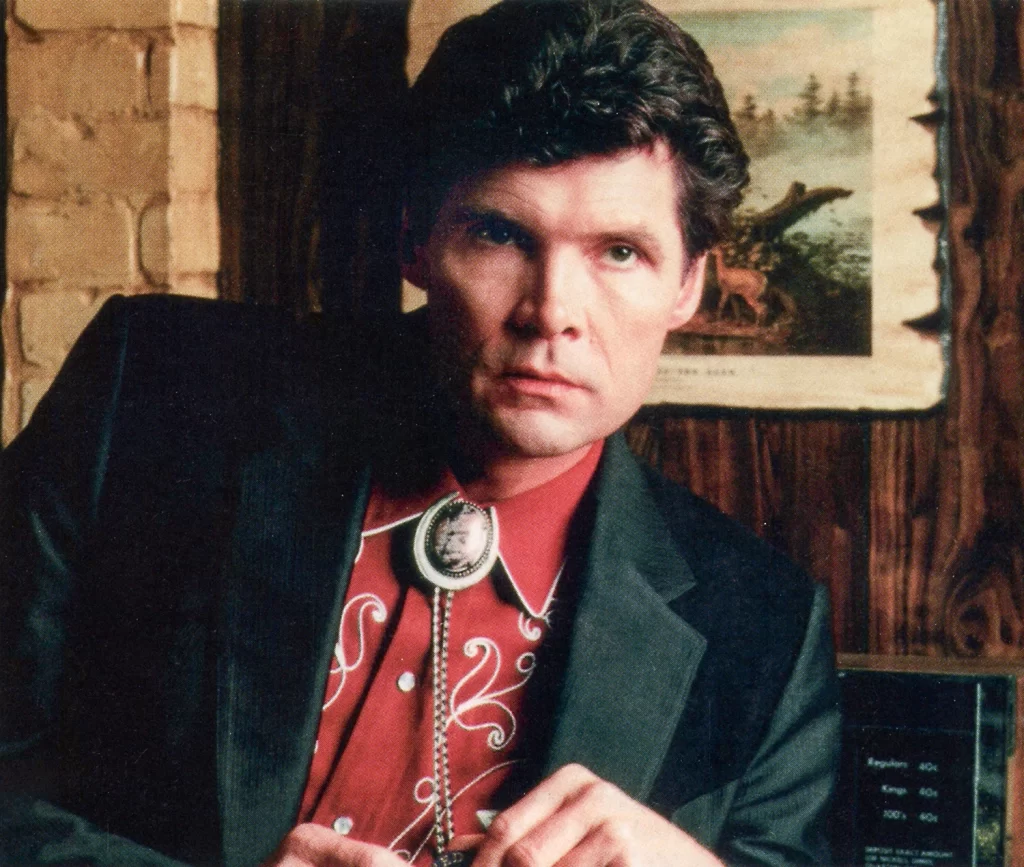
Big Ed Hurley is photographed on the set of the Double R Diner. The Currier and Ives painting behind him is titled “The Home of the Deer / Morning in the Adirondacks” This is the outfit that he wears while undercover at One Eyed’s Jack’s.
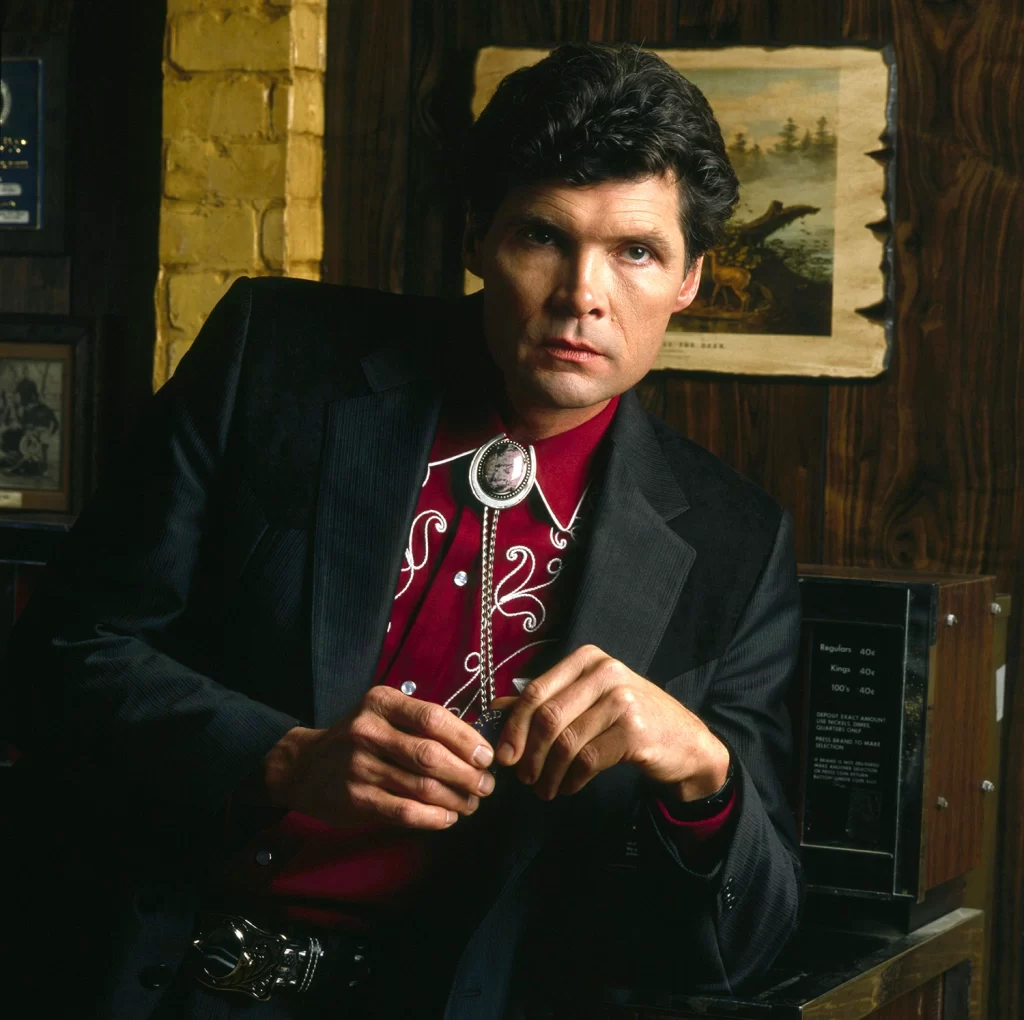
This is the uncropped image which gives a better look at the One Eyed Jack’s poker chip Big Ed is holding.
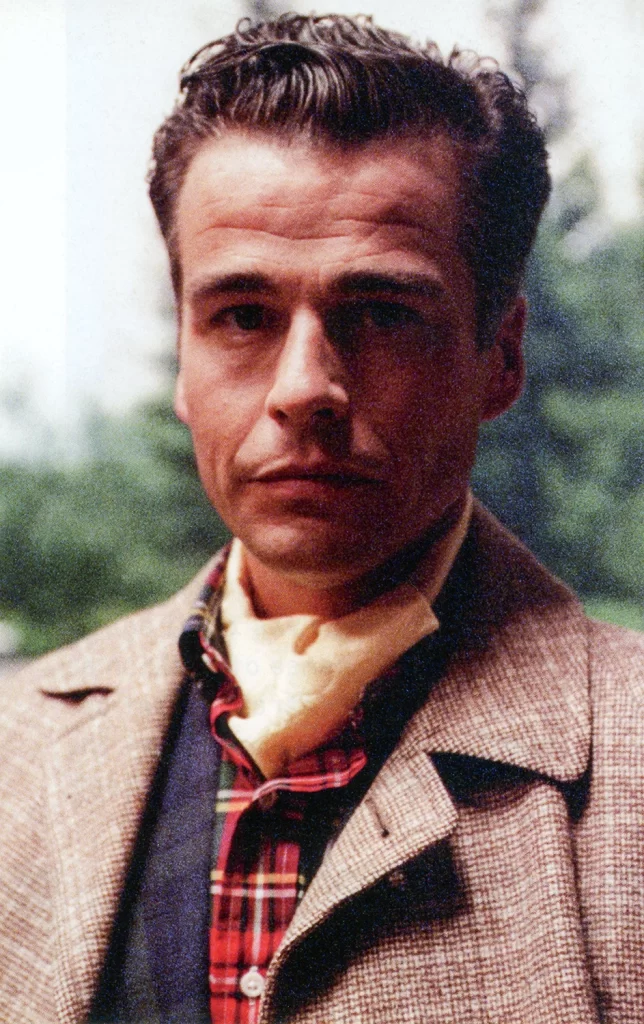
Richard Tremayne (Ian Buchanan) is seen wearing the outfit he wears in episode 2.003, his first on-screen appearance at the Twin Peaks Sheriff’s Department.
The caption mentions “Gant Rugger” which refers to Ukrainian Bernard Gant who started working in New York’s garment district making shirts in 1910. He relocated to New Haven, Connecticut, where he introduced his eponymous label in 1949, defining an elegant New England style and attitude, combined with European design influences, a style that later became known as American Sportswear.
A “dandy” in this context is “a man greatly concerned with smartness of dress” and let’s face it, Richard Tremayne or Horne’s Men’s Fashion was the best dressed in Twin Peaks.
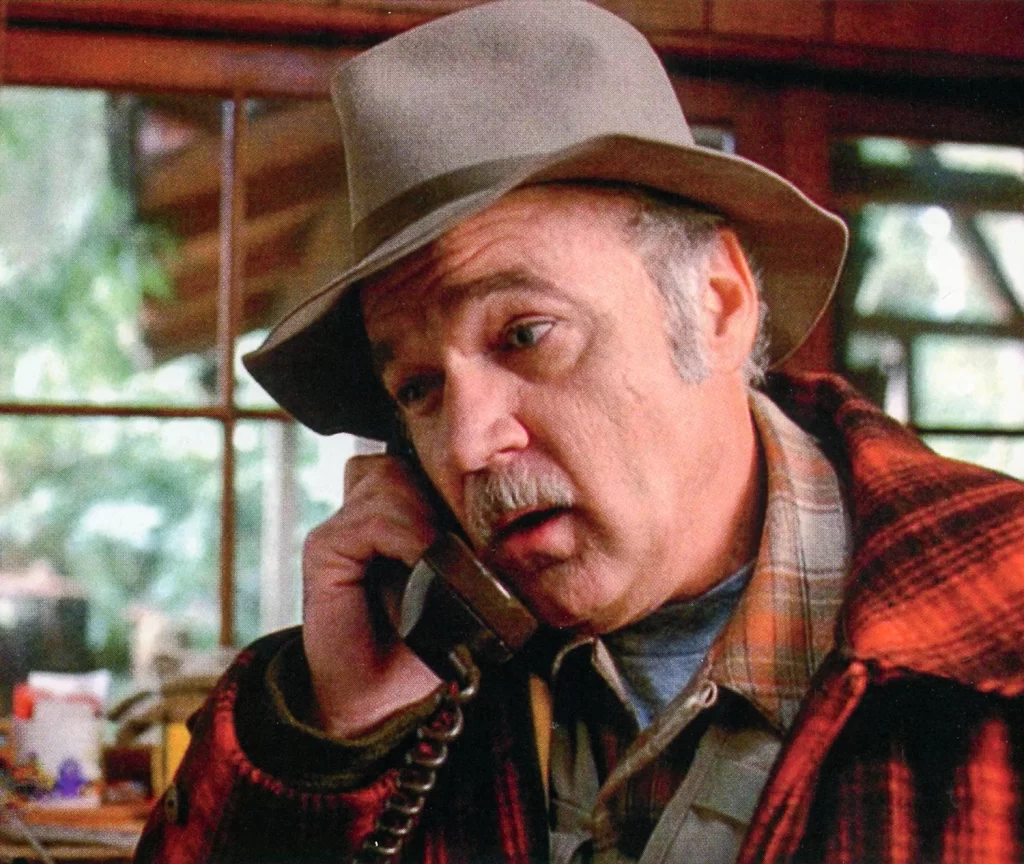
Pete Martell is on the phone with Sheriff Truman at the Blue Pine Lodge kitchen from the pilot episode (complete with an out-of-focus McDonald’s mug in the background).
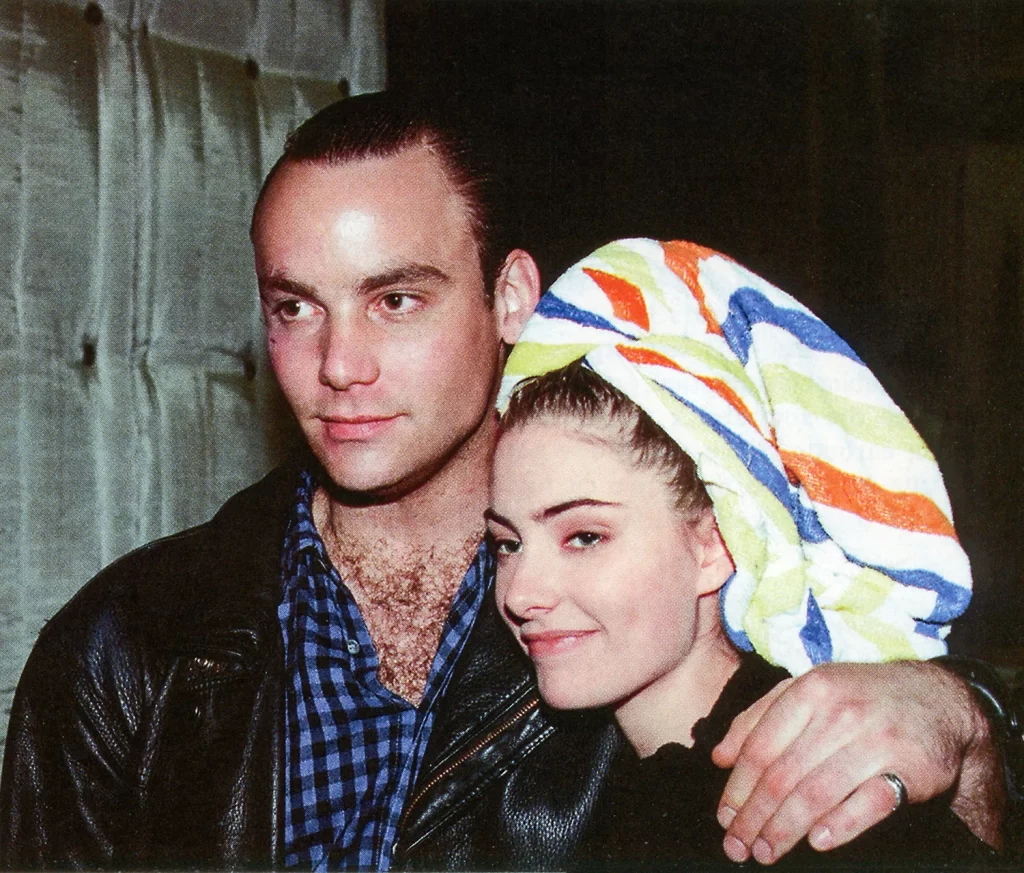
Eric DeRe (who played Leo Johnson) and his on screen wife Mädchen Amick (played Shelly Johnson) share a moment behind the scenes in this photo by Paula K. Shimatsu-U.
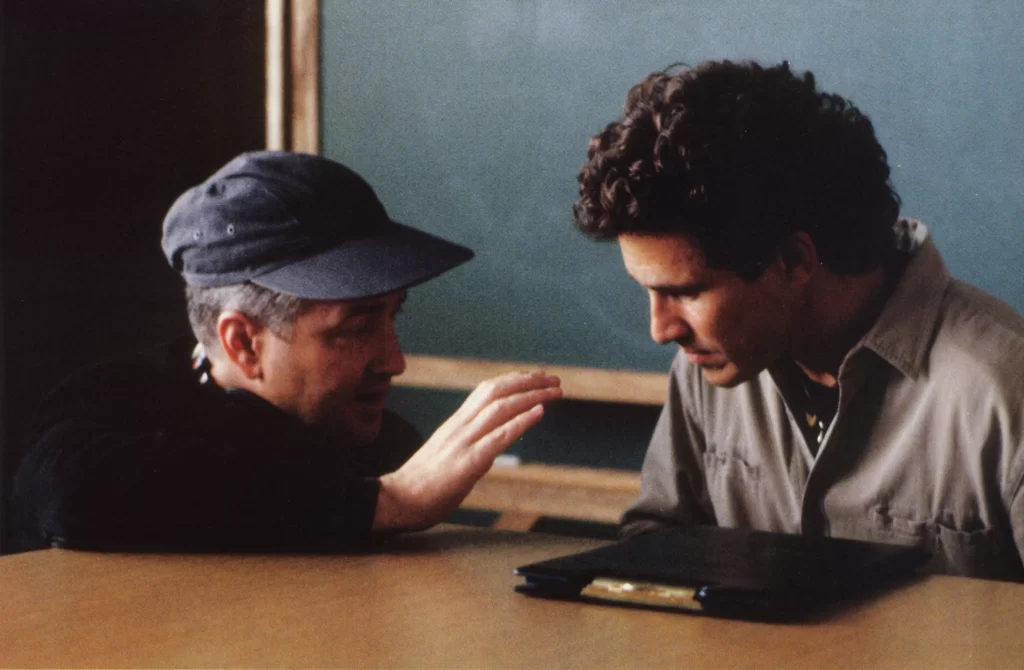
The final individual image comes from a deleted scene from The Missing Pieces of Twin Peaks: Fire Walk With Me. Onset photographer Lorey Sebastian captured this shot of David Lynch and Michael Ontkean on the set of the Twin Peaks Sheriff’s Department. Ontkean did not travel to Snoqualmie Valley for the location footage in September – October 1991. This was shot on a set in Southern California.
DAVID LYNCH’S TWIN PEAKS – PAGES 178-179
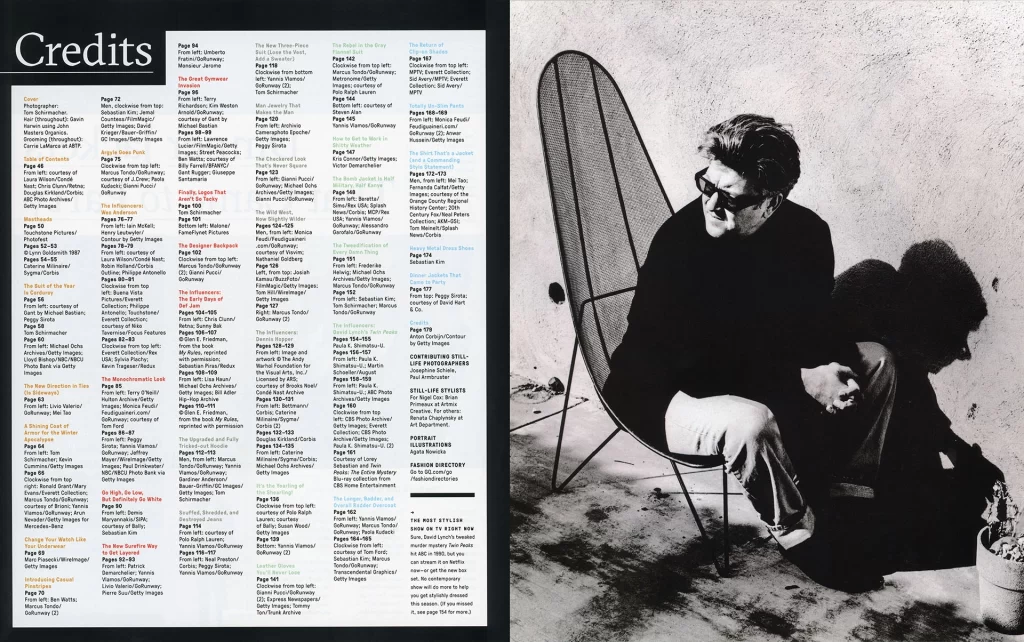
There is one final image of David Lynch found opposite the credits page.
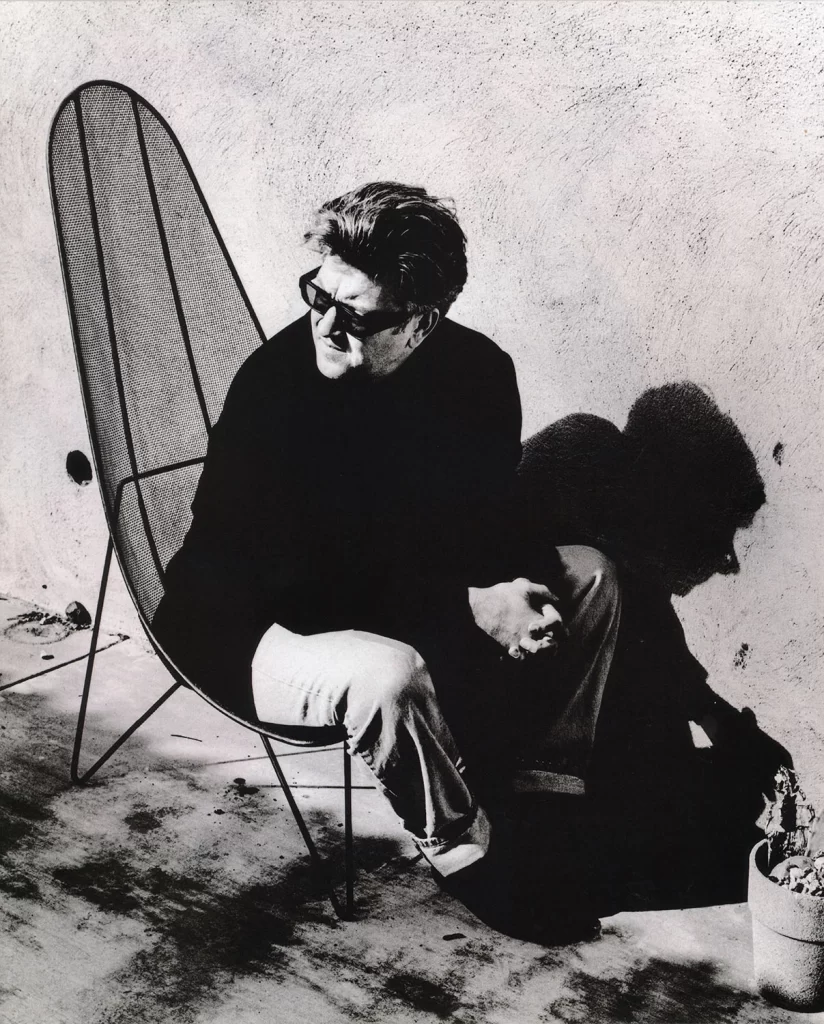
The photography was taken by Dutch photographer, film director and music video director, Anton Corbijn. He is the creative director behind the visual output of Depeche Mode and U2, having handled the principal promotion and sleeve photography for both bands over three decades.
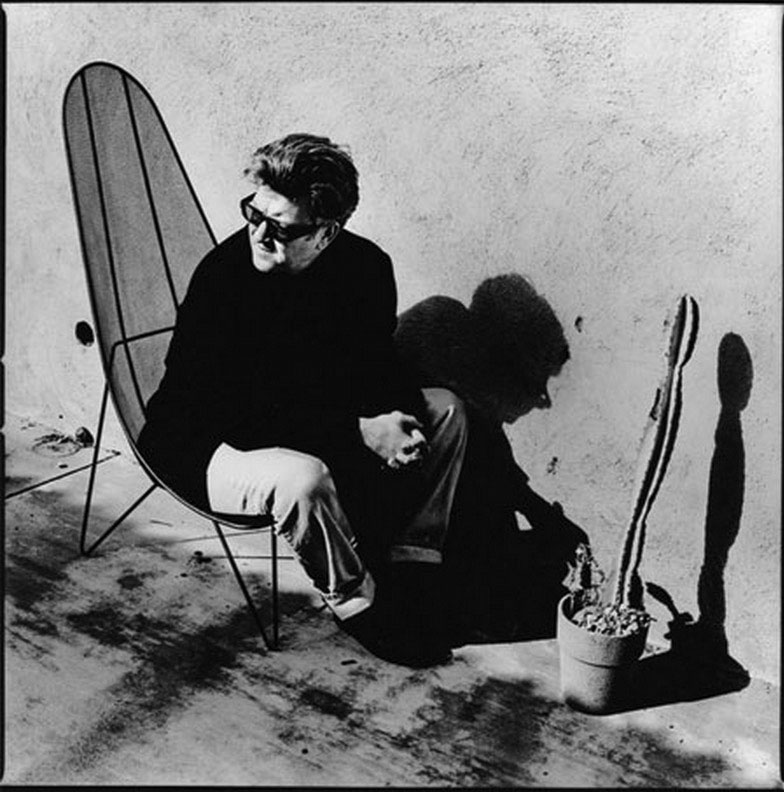
The image was taken on February 16, 1994 in Los Angeles, California for Corbijn’s “Self Assignment” series. The image in GQ Style is cropped as the original image contains an unseen cactus.
If you love the look of Twin Peaks like I do, check out more “Costuming Peaks” stories for all sorts of details about the style seen in the show.
Discover more from TWIN PEAKS BLOG
Subscribe to get the latest posts sent to your email.

